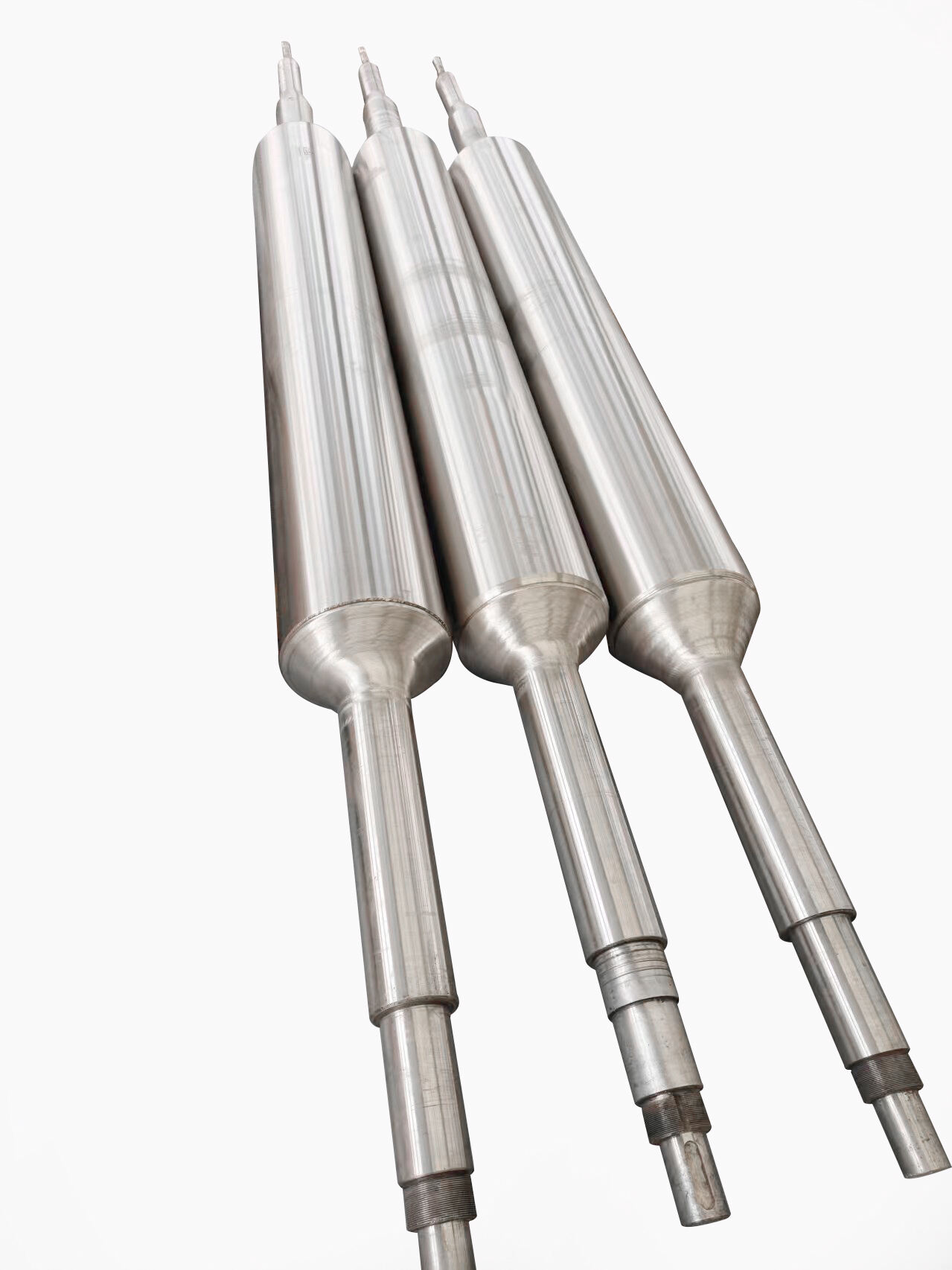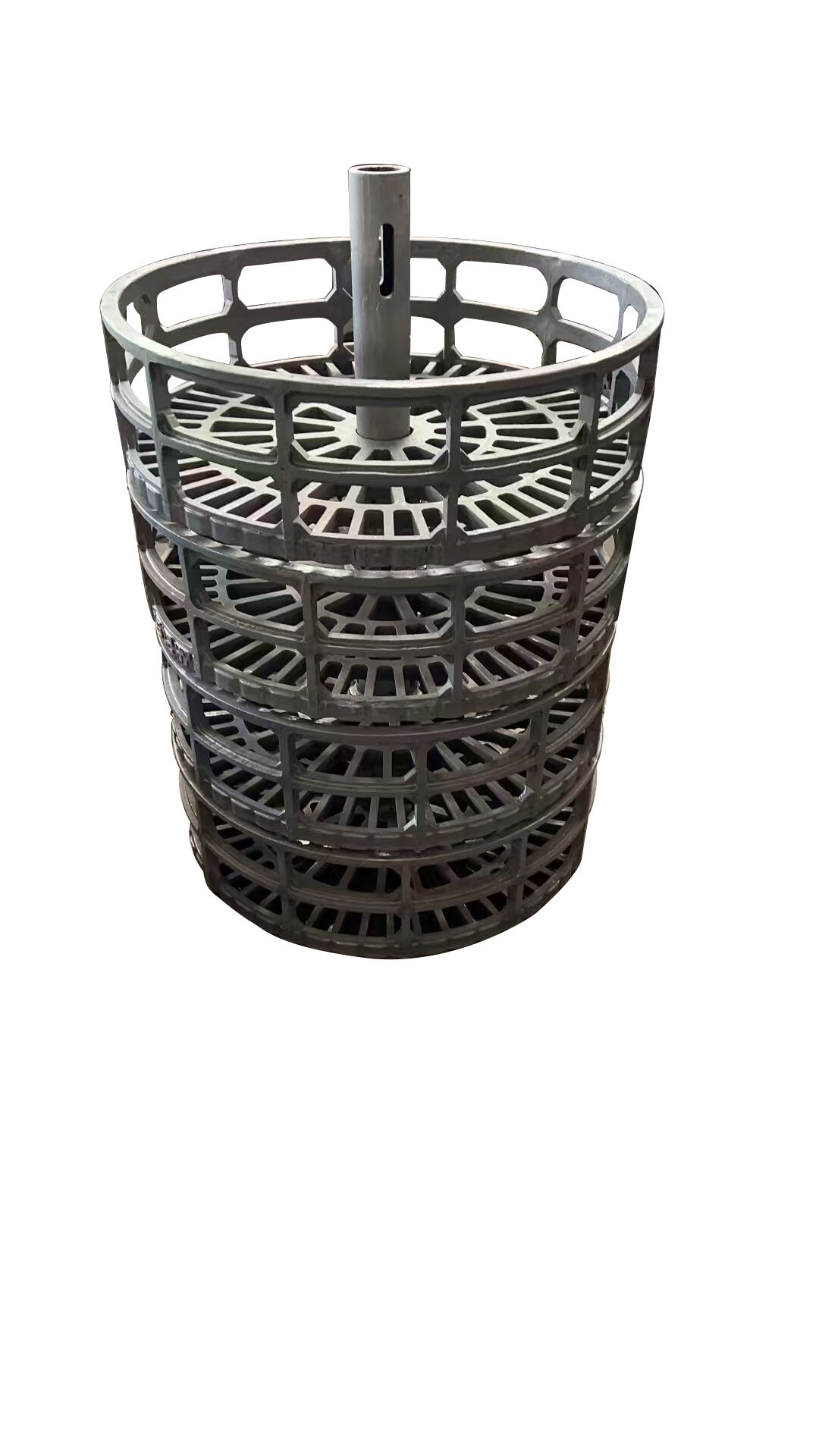investment casting parts
Investment casting parts represent a sophisticated manufacturing process that delivers exceptional precision and versatility in metal component production. This time-honored technique, also known as lost-wax casting, enables the creation of complex geometries and intricate details that would be challenging or impossible to achieve through other manufacturing methods. The process begins with creating a wax pattern of the desired part, which is then coated with ceramic material to form a shell. Once the ceramic hardens, the wax is melted away, leaving a precise cavity that is filled with molten metal. Investment casting parts can be produced using various metals and alloys, including stainless steel, aluminum, brass, and titanium. The resulting components feature excellent surface finishes, tight dimensional tolerances, and superior mechanical properties. This manufacturing method is particularly valuable in industries requiring high-performance parts, such as aerospace, automotive, medical devices, and industrial machinery. The versatility of investment casting allows for the production of both simple and complex components, ranging from turbine blades to dental implants, while maintaining consistent quality and reducing the need for secondary machining operations.

